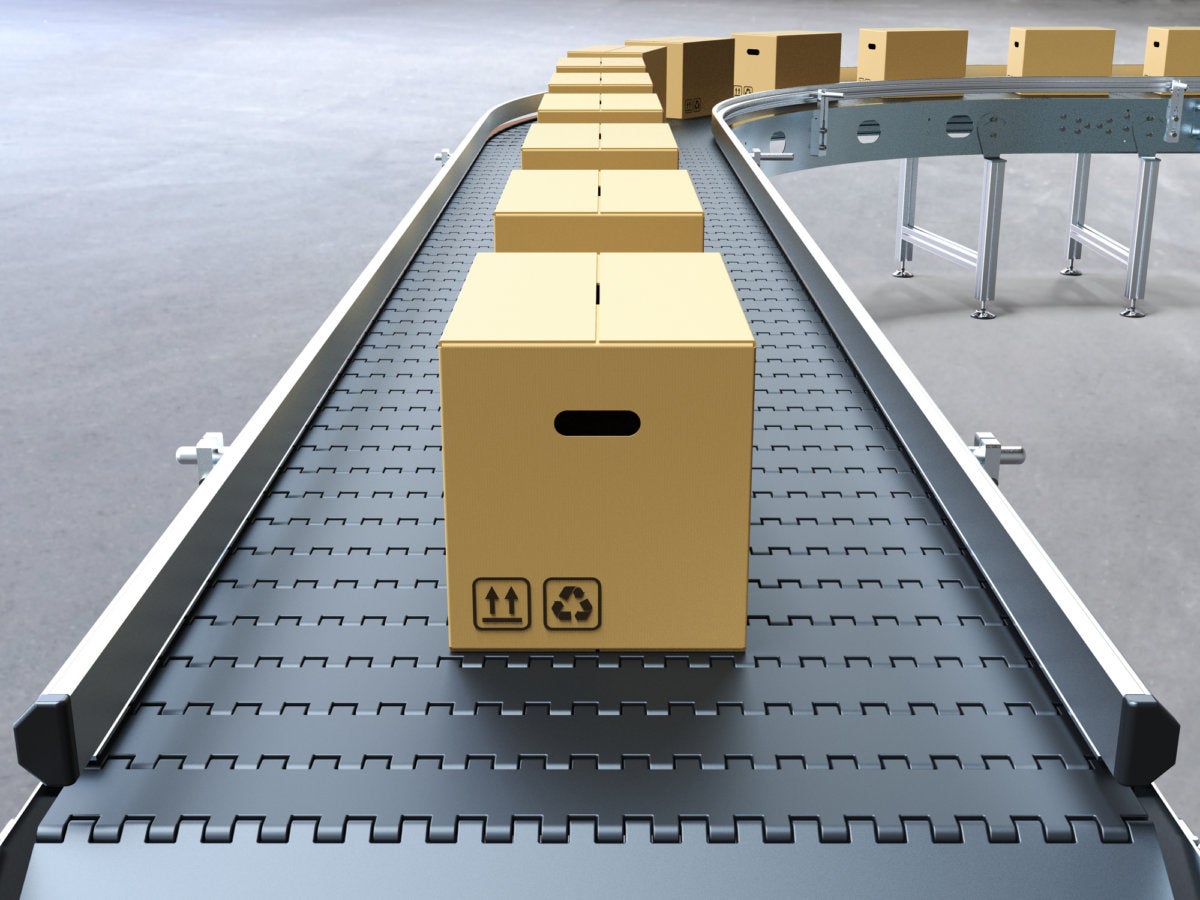Metaverse: Momentum is building, but companies are still staying cautious

"It's too early to understand whether the metaverse is going to be a big thing
or whether it is just another buzzword and marketing exercise," he says. "But I
suspect it's going to have enough momentum behind it that it will become a thing
that we will want to be interested in." That seems to be the general consensus
among other industry observers, too. While the cash invested by Big Tech means
the metaverse is likely to become successful eventually, no one should be
expecting to collaborate with colleagues and friends in a rich virtual space
tomorrow. Distinguished Gartner analyst Mark Raskino suggests that the challenge
of filling the human field of view with a realistic and immersive image space is
an incredibly hard problem to solve. "I do believe that one day business will
commonly be conducted in a fully immersive 3D visual metaverse. But it will not
happen in the 2020s. It probably won't happen in the 2030s." In fact, such is
the slow pace of development that some businesses believe there's no big
requirement to rush headfirst into metaverse pilots.
Are you ready to automate continuous deployment in CI/CD?

Continuous deployment, as a principle, can be applied to many applications and
even in the most regulated industries. Tim Lucas, co-founder and co-CEO of
Buildkite, says, “Continuous deployment can be adopted per project, and the best
orgs set goals for moving as many projects as possible to this model. Even in
finance and regulated industries, the majority of projects can adopt this model.
We even see self-driving car companies doing continuous deployment.” While
devops teams can implement continuous deployment in many projects, the question
is, where does it offer a strong business case and significant technical
advantages? Projects deploying features and fixes frequently, and where a
modernized architecture simplifies the automations, are the more promising to
transition to continuous deployment. Lucas shares some of the prerequisites that
should be part of the software development process before moving to a continuous
deployment model. He says, “Continuous deployment is true agility, the fastest
way from code change to production. It requires always keeping the main branch
in a shippable state, automating tests, and high-quality tooling you can trust
and have confidence in.”
Tech sector sustainability efforts need full ecosystem approach

On redefining growth, Ryan Shanks, head of sustainability for Europe at
Accenture, noted that while innovation in many areas is done one company at a
time and then used for competitive advantage, the opposite is true for climate
change-related innovation. “What I’m seeing in our portfolio work at the moment,
if it relates to the circular economy or the energy transition, etc, is none of
our individual clients can actually do anything on their own,” he said. “They
are hugely reliant on an ecosystem – policy folks, regulators, entrepreneurs,
not-for-profits – of people coming together.” Shanks said that to achieve
innovation at scale, the first thing organisations should do is adopt an
inter-disciplinary approach from the ideation stage. “I mean the technologists,
the consumer folks, the business model people and finally, increasingly for us,
social scientists and ethicists, working side by side,” he said. “Now on a
day-to-day basis, they’ll tell me that working together slows each of them down
– the creatives want to work on their own, and the tech want to work on their
own – but I’ll say it catches up in the long run because it speeds things up to
get to scale.”
Redefining NaaS: It’s the internet
An internet NaaS will require either an SD-WAN, which has to be managed, or some
added security layer (maybe SASE or a combination of encryption and firewall
tools) to secure the applications themselves. Enterprises that use the internet
to connect with customers and partners may find it relatively easy to add
employee access via the internet, using access-security tools and encryption
alone. That approach should be explored, but SD-WAN is the closest to
traditional VPN technology, and that makes it possible to gradually transition
from a traditional VPN into an internet NaaS via SD-WAN. You can get SD-WAN
technology as a product set or as a managed service. If you really want to avoid
capital purchases, the latter option is the way to go. The price of an Internet
SD-WAN managed service will depend on the usual factors like number of sites and
the amount of management handholding you can expect, and also on just where the
sites are. There’s a lot of variation, but enterprises that have switched to an
internet NaaS tell me the total cost of ownership is far, far, lower than a
managed IP VPN.
The future of the creator economy in a Web3 world

Creator-owned content is the first iteration of the Web3 creator economy. On
current social platforms such as Instagram and TikTok, the company behind the
platform owns the content that creators produce. Web3 will enable creators to
not only own their content on existing social platforms, but also own a part of
the platform they produce and distribute content on. Content can begin to be
creator-owned and platform-agnostic through the use of NFTs, which act as proof
of ownership and validate the content’s authenticity. ... Creators will also
play a key role in the metaverse. In addition to participating in it, creators
can develop parts of the metaverse with either no-code tools or technical
background. This has already started to take shape in existing gaming
metaverses, most notably Roblox. On Roblox, anyone can create video games and
monetize them directly on the platform. In 2020 alone, creators earned $329
million through Roblox alone. “Metaverse creators” will likely grow to become an
active and profitable vertical of the creator economy in the years to come.
Zero Trust, SASE and SSE: foundational concepts for your next-generation network

Zero Trust Network Access is the technology that makes it possible to implement
a Zero Trust security model by requiring strict verification for every user and
every device before authorizing them to access internal resources. Compared to
traditional virtual private networks (VPNs), which grant access to an entire
local network at once, ZTNA only grants access to the specific application
requested and denies access to applications and data by default. ... Browser
isolation is a technology that keeps browsing activity secure by separating the
process of loading webpages from the user devices displaying the webpages. This
way, potentially malicious webpage code does not run on a user’s device,
preventing malware infections and other cyber attacks from impacting both user
devices and internal networks. RBI works together with other secure access
functions - for example, security teams can configure Secure Web Gateway
policies to automatically isolate traffic to known or potentially suspicious
websites.
The Metaverse And Web3 Creating Value In The Future Digital Economy

The Metaverse is not to be confused with Web3, which is the third stage of
development of the World Wide Web. The Metaverse refers to a virtual
reality-based parallel internet world where users can interact with each other
and digital objects in a 3D space. It's an extension of the internet into a
three-dimensional virtual world. It is an immersive, interactive, and social
platform where people can create avatars to represent themselves, buy and sell
virtual property, and interact with other users in real-time. Web3 is more about
blockchain technology and concepts, including digital identity, smart contracts,
and decentralized applications (dApps). ... Many believe the Metaverse is a
speculative scheme of the future, but it's about connecting the digital world
with the physical world. It brings people together in a shared, virtual space to
interact and create. Entrup continues, “Having personally witnessed the
transition from a no Internet world to a globally connected Internet world, I
find it funny to hear the same negative comments being made about the
metaverse.
The Great Resignation continues. There's an obvious fix, but many bosses aren't interested

The problem for many is that the traditional approach to filling skills gaps has
become less and less effective. Every company on the planet seems to be on a
mission to build a superstar tech team, and that means developers, cloud
specialists and cybersecurity professionals are being snapped up at a rate that
means it's almost impossible for hiring managers to keep up. ... "Skills help
people stay," the report reads. "They help them thrive in their roles. And they
enable you to deliver on your objectives." The problem for employees – and by
extension, employers – is that other demands often prevent employees from
upskilling. Pluralsight's report found that 61% of tech workers felt too busy to
dedicate time to upskilling – the biggest barrier to development identified by
survey respondents. This could be seen as another effect of the skills shortage:
if teams are short-staffed, their resources are already going to be stretched
trying to cover the day-to-day running of the department. On top of this,
companies often claim they lack the budget and resources to properly invest in
skills.
How to create a cloud center of excellence

The purpose of a CCoE is to provide an organizational focus on cloud initiatives
within the company, and to bring order and structure to those initiatives. For a
CCoE to be effective, your organization as a whole must buy into cloud computing
and want to pursue it. Corporate management must be well-informed and supportive
of the endeavor. A CCoE will not—cannot—be effective without company management
support. It is not a tool to convince upper management of the effectiveness of
the cloud. If you are in a position where you are trying to convince management
of the value of the cloud, you should not look at a CCoE as the means to
accomplish that. Once your leadership is convinced that the company needs to
move forward with a cloud strategy, the CCoE can help execute that strategy. A
CCoE is most effective when management makes use of the structure as a tool to
bring the rest of the organization along and turn it into a cloud-centric
organization. The CCoE is the implementation vessel for management’s wishes.
5G technology disruption – 4 sectors ripe for disruption
Although many banking apps can work perfectly well using 4G, they lose
effectiveness when internet connectivity is pushed by too many people trying to
use the network simultaneously. 5G, by offering speeds which can theoretically
offer speeds which are 100 times faster, may offer an advantage which seems
quite prosaic — they provide the service that people expect from 4G but often
don’t get. But the above benefit of 5G is hardly disruptive. To imagine how 5G
might be disruptive, consider how the internet and smartphones have disrupted
financial services. We have seen new banking services from the likes of Monzo
and Revolut disrupt the existing banking industry. 5G will create new
opportunities for sophisticated real-time financial services, such as credit
checks when buying big-ticket items. 5G may also create superior security and
anti-fraud technologies. For insurance, the opportunity created by data may be
especially important, especially data related to mobile activities. The
opportunity for augmented and virtual reality may be where the true disruption
lies — we may even see a new type of banking model emerge in which we see the
best of two worlds — traditional branch banking and online.
Quote for the day:
"Leaders must always question the status
quo, be aware of the ever-changing environment and be willing to act
decisively." -- Mike Finley
No comments:
Post a Comment